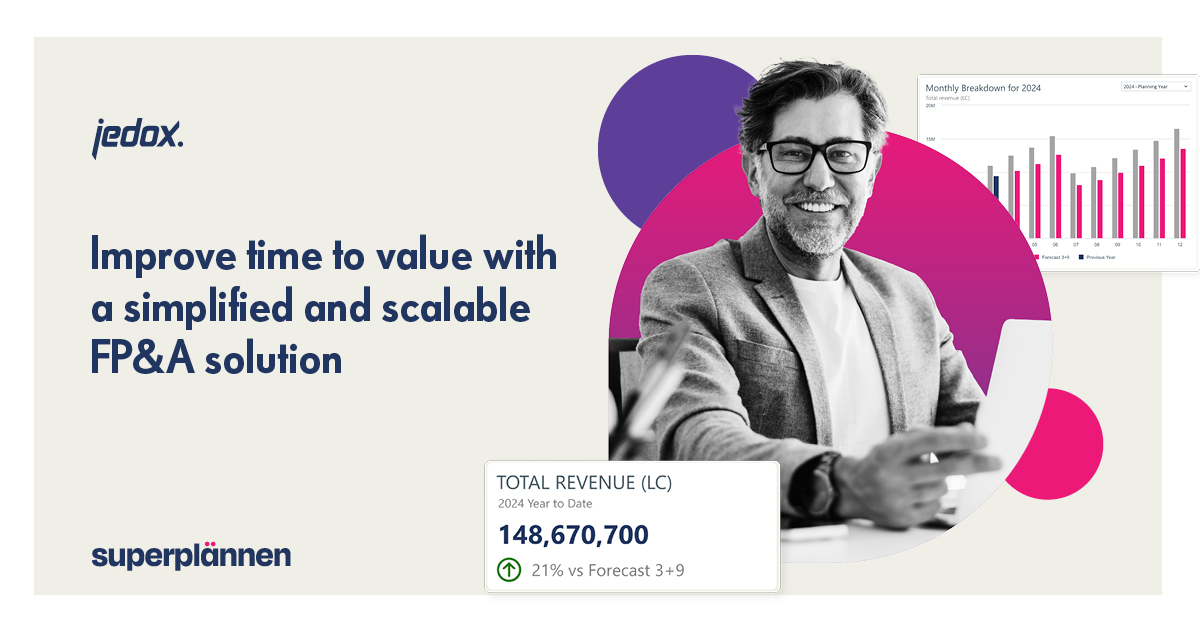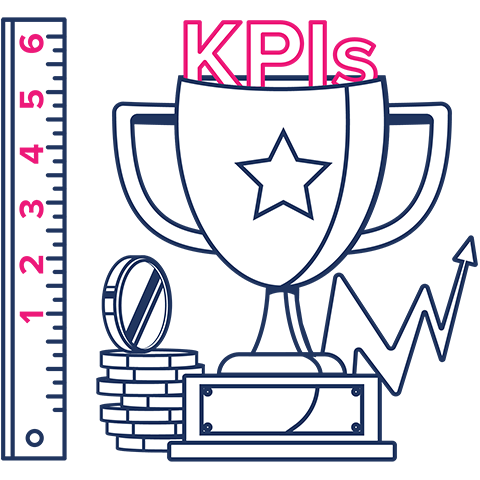
7 financial KPIs to measure business success
The global financial services industry is worth US$8.5 trillion, and the number keeps growing. Every year, the financial sector becomes increasingly important to the economic health of organizations around the world.
Financial key performance indicators (KPIs) are indicators of an organization’s monetary health. They are crucial to the growth and sustainability of any business in the finance sector, whether that be banks, asset managers, or insurance firms.
The following KPIs capture the growth or decline of an organization’s key performance areas over a particular period of time. These indicators are regularly used to evaluate market health and forecast business outcomes, so it is essential to know and apply them. Keep reading and learn how to take control of corporate financial planning.
What are KPIs?
KPIs are metrics that provide insights into an organization’s strengths and weaknesses. They provide a snapshot of the organization’s well-being at any given point in time and can be used to analyze trends. By using several different KPIs – such as sales KPIs and financial KPIs – organizations can achieve a more comprehensive view of the business and course correct regularly to stay competitive and reach their goals.
What are financial KPIs?
A financial KPI measures the success of business activity. This could be anything from the number of sales closed per day to the percentage of products returned by customers. Financial KPIs measure an organization’s overall performance and progress toward specific goals. Identifying and tracking these metrics is an essential part of effective financial planning. It can inform decisions about where to allocate resources to improve profitability and sustainability. These goals can be related to profitability, growth, and other key areas. KPIs can be tailored to individual organizations.
Why are financial KPIs necessary?
Financial KPIs allow business leaders to track the financial health of their organization and make better decisions about where to allocate their resources. Without regular tracking of financial KPIs, business leaders risk falling into insolvency. There are various financial KPIs that business leaders can track, depending on the stage of their organization and the industry they are in. Some common financial KPIs include revenue, gross margin, churn rate, and customer lifetime value. Regularly tracking these KPIs can help business leaders make informed decisions about allocation of budget to future marketing efforts.
Gross profit margin
Gross profit margin is a calculation used to assess the profitability of an organization’s sales. To calculate growth profit margin, gross profit is divided by net sales. Gross profit is the difference between an organization’s revenue and the cost of goods sold.
Net sales is total revenue minus returns, discounts, and allowances. A high gross profit margin indicates that an organization is making a good profit on its sales. This can be due to several factors, such as high prices, low costs, or a large sales volume. A low gross profit margin indicates that an organization is not making as much profit as it should be on its sales.
Although there are different ways to calculate gross profit margin, they all aim to achieve the same goal: to figure out how much profit an organization makes on each dollar of revenue. This measure indicates how efficiently the business is running and whether there is room for improvement.
Formula for calculating growth profit margin:
Current accounts receivable
Current accounts receivable (CAR) is a crucial part of any business operation. It is the total amount of money that an organization expects to receive from their customers for the goods and services provided. When an organization sells a product or service, it records the sale as a credit on its AR account. Further cash flow from this customer can be expected in the future for that product or service. The current AR reflects how many customers pay their bills on time.
By adding the total amount of currently unpaid invoices and then subtracting any discounts offered to customers, the CAR can be used to measure an organization’s financial health. A low CAR may indicate that the organization struggles to collect payments from its customers. This can lead to future problems with cash flow. A high CAR is preferable as it reflects fewer overdue invoices.
Formula for calculating CAR:
Days inventory outstanding
Days inventory outstanding (DIO) measures how many days it takes an organization to sell its entire inventory. DIO is used to measure an organization’s liquidity and efficiency.
Formula for calculating DIO:
A high DIO indicates that an organization has a high level of inventory on hand, which can be a sign of inefficiencies or missed sales opportunities. A low DIO suggests that the organization quickly sells the inventory, which indicates good customer demand and/or effective operations.
Debt-to-equity ratio
An organization’s debt-to-equity ratio (D/E) compares the amount of debt with the equity.
Formula to calculate D/E:
D/E is an indicator of an organization’s financial risk. A high D/E means that the organization is more likely to default on its debt. Conversely, a low debt-to-equity ratio means that the organization is less likely to default on its debt.
Budget creation cycle time
Budget creation cycle time measures the period of budget creation and approval. This includes the time it takes to gather data, develop proposals, review and approve proposals, and implement the approved budget.
Budget creation cycle time can vary significantly, depending on the organization and its budgeting process. For some organizations, it takes months to create and approve a budget, while others stick to a time frame of a few days. Several factors can affect budget creation cycle time, including the amount of data to be gathered, the complexity of the budget proposals, and the number of people involved in the review and approval process. Accordingly, various factors determine the individual budget creation cycle time. The most critical factor is usually data gathering and creating the proposal. Other factors can be approval time, response time to budget changes, and process of coordination.
Formula for calculating budget creation cycle time:
Fixed asset turnover
Fixed asset turnover measures how efficiently an organization uses its fixed assets to generate revenue.
A high fixed asset turnover ratio means that the organization uses its fixed assets to generate a high level of revenue, indicating that it is efficient and profitable. A low fixed asset turnover ratio means that the organization is not using fixed assets to generate a high level of revenue, reflecting inefficient economic activity.
Formula for calculating fixed asset turnover:
Sales growth
There are many factors that contribute to sales growth. However, the following steps are key to any successful sales strategy (strategic sales planning software).
The first is to identify the target market. It is crucial to know the target group, how and where to reach them best, and understand their needs and motivation for buying.
The second step looks at how to reach the target market and what methods will most likely close the sale. Sales growth is calculated by measuring the percentage change in sales from one period to the next or by using average sales over a period of time.
Another way to measure sales growth is by calculating the compound annual growth rate (CAGR). This takes into account the effect of inflation and measures the average annual growth rate of an organization’s sales over a period of time.
No matter which method is being used, it’s critical to track sales growth to identify trends and make changes as needed.
Formula for calculating sales growth:
Next steps to reach organizational success
Financial KPIs are important metrics that support the evaluation of business success. Jedox is an excellent solution for tracking and analyzing financial KPIs. Request a demo to find out how to reach business goals faster with Jedox.

